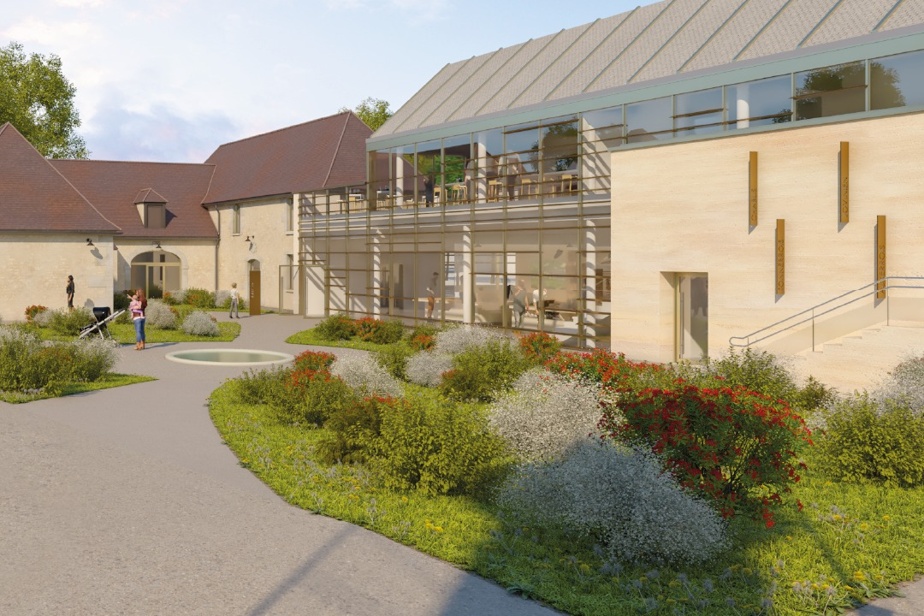(Chablis) “Highlighting Burgundy wine”: the Cité des climats and wines of Burgundy, intended to promote the Burgundy wine region, was launched on Tuesday in Chablis.
“We seek to highlight Burgundy wine, the archetype of the terroir: it is here that this notion has been pushed the furthest”, declared Benoit de Charette, president of the Association de la Cité des climats et vins de Bourgogne. during the pre-inauguration of the Chablis site, one of the three spaces which will constitute, with Beaune (Côte d’Or) and Mâcon (Saône-et-Loire), the Cité des Climats network.
The Chablis site opens this Wednesday. Mâcon opened in early May and Beaune will open on June 17.
These three gateways are intended to introduce the very Burgundian notion of “climate”. It designates a plot of vines very precisely delimited, often for centuries (the oldest was in 630), with all its characteristics: soil, altitude, sunshine, grape variety…
More than 1,200 climates make up Burgundy, where the vineyard is extremely fragmented, the average size of a Burgundian estate being 6.51 hectares, compared to 17 in Bordeaux.
Since July 4, 2015, the climats have been part of the UNESCO World Heritage List, a classification which has relaunched the Cité des climats et vins project, carried out since 2010 by the Interprofessional Bureau of Burgundy Wines (BIVB), representing the entire profession.
Even if it is conjugated in the singular, the Cité is in fact a network of three sites. The flagship, located in Beaune, the capital of Burgundy wines, introduces the region’s global identity while two other sites focus on their terroir: Mâcon for wines from southern Burgundy (Mâconnais, Côte Chalonnaise and Côtes du Couchois), and Chablis for the north (Chablisien, Auxerrois, Châtillonnais).
At the same time, Dijon opened its International City of Gastronomy and Wine last year, a completely independent project.
The Cité des climats is targeting “more than 180,000 visitors each year” on the three sites, its director, Olivier Leroy, told AFP.
“In about an hour, we offer an immersive visit,” he says, which goes back 200 million years, when a tropical sea still covered Burgundy, up to the present day, passing through the formidable development of wines, driven by the monks and dukes of Burgundy in the Middle Ages.
